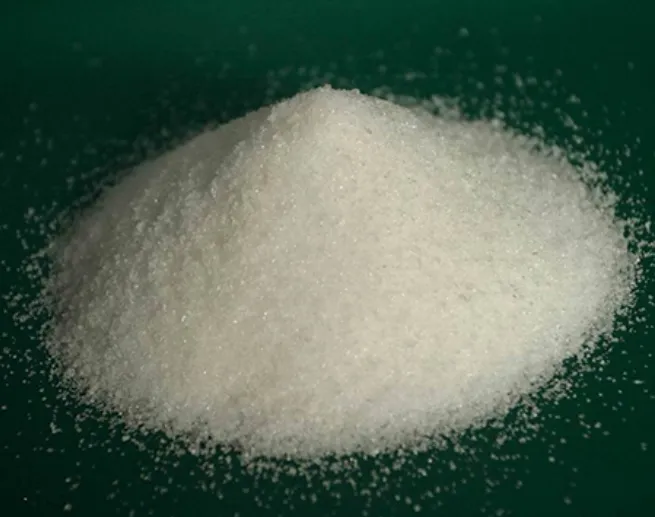pam flocculant
Understanding PAM Flocculant A Vital Tool for Water Treatment and Industrial Applications
In today's world, where environmental sustainability is paramount, the importance of effective wastewater treatment cannot be overstated. One chemical that has gained significant attention in this regard is Polyacrylamide (PAM) flocculant. With its versatile applications in various industries, PAM has emerged as a vital tool for enhancing the efficiency of water treatment processes and improving the quality of effluents.
What is PAM Flocculant?
PAM, or Polyacrylamide, is a high molecular weight polymer used primarily as a flocculant in water treatment processes. It is synthesized from acrylamide monomers through a polymerization process, resulting in a substance that can significantly aid in the aggregation of suspended particles in water. PAM is available in various forms, including anionic, cationic, and non-ionic, which allows for its application across different types of water treatment scenarios and industries.
Applications of PAM Flocculant
1. Water Treatment PAM is widely used in municipal and industrial wastewater treatment plants. By promoting the aggregation of suspended solids, PAM flocculant enhances the sedimentation process, allowing for clearer water to be obtained post-treatment. This is particularly important for drinking water production, where the removal of impurities is critical for public health.
2. Mining and Mineral Processing In the mining sector, PAM is employed to separate valuable minerals from ores. It assists in the flotation process, which is essential for the extraction of metals and minerals. Moreover, PAM helps reduce the environmental footprint of mining operations by minimizing the need for harmful chemical agents.
pam flocculant

3. Paper and Pulp Industry PAM also plays a crucial role in the paper manufacturing process. It aids in the retention of fibers and fillers, enhancing the efficiency of the paper-making process and improving the quality of the final product. By optimizing water usage and reducing waste, PAM contributes to more sustainable paper production.
4. Agriculture In agriculture, PAM is used to improve soil quality and water retention. When applied to soil, PAM can help reduce erosion, enhance the infiltration of water, and promote better crop yields. This application is particularly important in arid regions where water conservation is vital for sustainable farming practices.
Environmental Considerations
While PAM flocculant offers numerous benefits, it is also crucial to address environmental concerns associated with its use. The degradation products of PAM can be toxic to aquatic life if not managed properly. Therefore, it is essential for industries employing PAM to adhere to strict guidelines and regulations regarding its usage and disposal. Additionally, ongoing research and development are focused on producing more biodegradable and environmentally friendly alternatives to traditional PAM.
Conclusion
PAM flocculant represents a remarkable advancement in water treatment and other industrial applications. Its ability to facilitate the removal of suspended solids not only enhances the efficiency of various processes but also contributes to environmental sustainability. As industries continue to seek effective solutions for wastewater management and resource conservation, the role of PAM will undoubtedly remain pivotal. With responsible use and continuous innovation, PAM flocculant can play a significant part in creating a cleaner and more sustainable future for generations to come.
-
lk-319-special-scale-and-corrosion-inhibitor-for-steel-plants-advanced-solutions-for-industrial-water-systemsNewsAug.22,2025
-
flocculant-water-treatment-essential-chemical-solutions-for-purification-processesNewsAug.22,2025
-
isothiazolinones-versatile-microbial-control-agents-for-industrial-and-consumer-applicationsNewsAug.22,2025
-
scale-inhibitor-key-solutions-for-water-system-scale-preventionNewsAug.22,2025
-
organophosphonates-versatile-scale-inhibitors-for-industrial-water-systemsNewsAug.22,2025
-
scale-and-corrosion-inhibitor-essential-chemical-solutions-for-water-system-maintenanceNewsAug.22,2025





